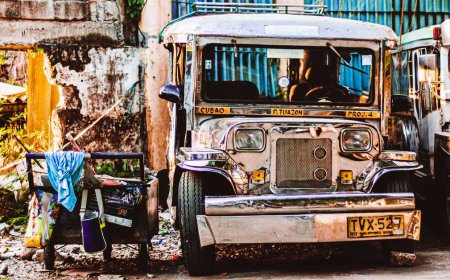The Rising Coffee Culture in the Philippines
Despite its tropical climate, the Philippines has developed a strong coffee culture, with Filipinos consuming an average of 2.5 cups of coffee daily. From home brewing during the pandemic to the resurgence of vibrant cafés, the country’s love affair with coffee continues to grow.
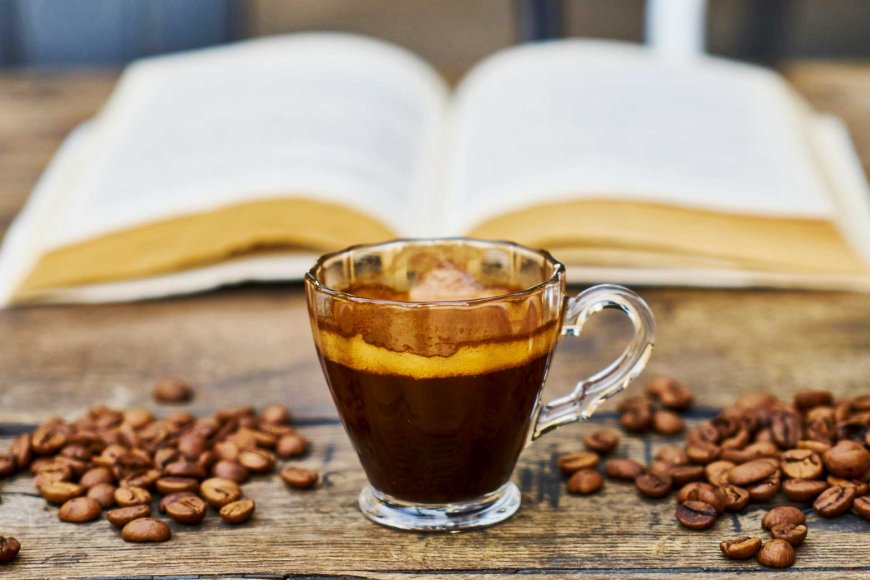
A Surprising Passion in a Tropical Nation
When you think of the Philippines—a country known for its tropical climate, stunning beaches, and humid weather—you might imagine locals cooling off with cold drinks or refreshing shakes. Yet, coffee, a hot beverage often associated with colder climates, holds a special place in the hearts of Filipinos. Despite the heat, coffee consumption in the Philippines is widespread, with the Philippine Coffee Board reporting that nine out of 10 households keep coffee in their pantries, and eight out of 10 adults drink an average of 2.5 cups a day.
This enduring love for coffee has roots that go back centuries, but modern trends and cultural shifts have breathed new life into the Philippine coffee scene, particularly in Metro Manila. What is it about coffee that captivates this tropical nation?
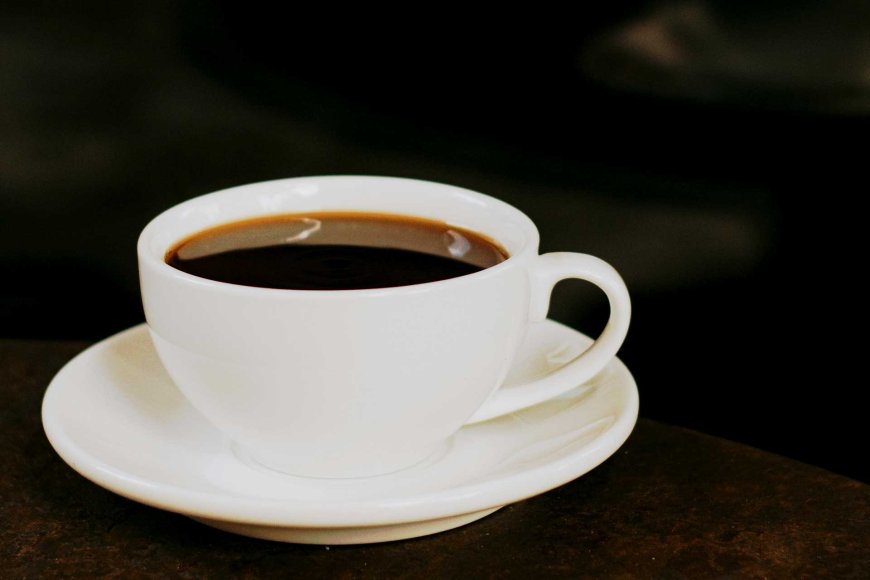
A Cultural Staple: Coffee in Every Filipino Home
For many Filipinos, coffee is more than just a drink—it's a daily ritual, an essential part of their routine. Whether starting the day with a strong cup of "kape" or enjoying a mid-afternoon pick-me-up, coffee offers both energy and comfort. This enduring relationship with coffee can be traced back to the early 18th century when the Spanish introduced coffee cultivation in the country.
Initially, coffee farming thrived in provinces like Batangas, Cavite, and Benguet. Over time, Filipino households became accustomed to having coffee as part of their daily lives. From instant coffee to traditional barako (a strong brew from Batangas), the beverage became a cultural staple. Even in the face of economic challenges, many Filipinos view coffee as an affordable luxury, something they can indulge in daily without breaking the bank.

The Evolution of Coffee Trends in the Philippines
The modern Philippine coffee culture experienced a significant shift in the late 1990s, thanks to local entrepreneurs like Steven Benitez. In 1996, Benitez founded Bo’s Coffee, a homegrown coffee shop chain that introduced Filipinos to the café experience with a focus on locally sourced beans. According to Benitez, the interest in coffee fluctuated over the years, with trends rising and falling. However, it wasn’t until the early 2000s that coffee culture truly began to thrive, particularly in Metro Manila.
With the entry of international coffee giants like Starbucks, Filipino consumers were exposed to different kinds of coffee beyond their usual instant sachets. Specialty drinks, gourmet blends, and the café lifestyle became more appealing. This shift created a space for local players to emerge, offering unique and artisanal coffee experiences.
One of the key developments that helped boost coffee culture in the country was the growing appreciation for third-wave coffee—a movement focused on high-quality, artisanal brewing methods. Third-wave coffee values the entire process, from sourcing beans to the brewing technique, and emphasizes the unique flavors of the coffee bean itself. More and more cafés started offering single-origin beans, pour-over methods, and cold brews, catering to a more discerning audience of coffee aficionados.
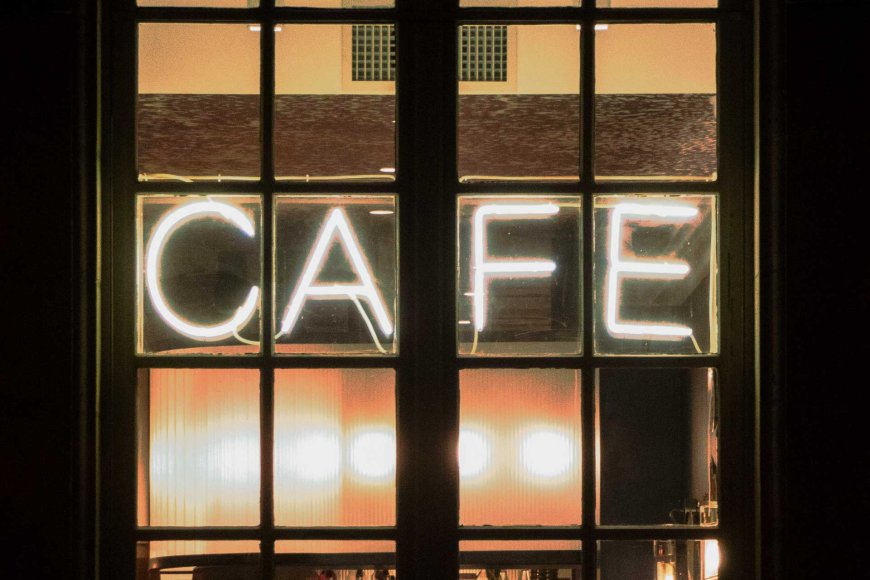
Coffee During the Pandemic: A Shift to Home Brewing
The COVID-19 pandemic and subsequent lockdowns greatly affected the coffee industry, as many cafés and restaurants had to close their doors. Coffee lovers who suddenly lost access to their favorite shops didn’t give up, though—they found ways to bring the café experience into their own homes.
Home brewing took off in the Philippines during the lockdown. People who had previously been content with grabbing a quick cup at their local café began exploring the art of coffee-making themselves. Social media platforms like Instagram and TikTok were flooded with photos and videos of Filipinos experimenting with different brewing methods, from French presses to AeroPresses and even siphon brews. Online retailers saw a spike in sales for coffee equipment, and many local roasters offered delivery services for fresh beans, allowing people to brew high-quality coffee at home.
This DIY coffee boom wasn’t just about convenience—it was a deep dive into the world of coffee, with people learning to appreciate the complexities of different beans and roasting techniques. Suddenly, brewing a cup of coffee became a form of therapy, a way to regain a sense of normalcy during uncertain times.
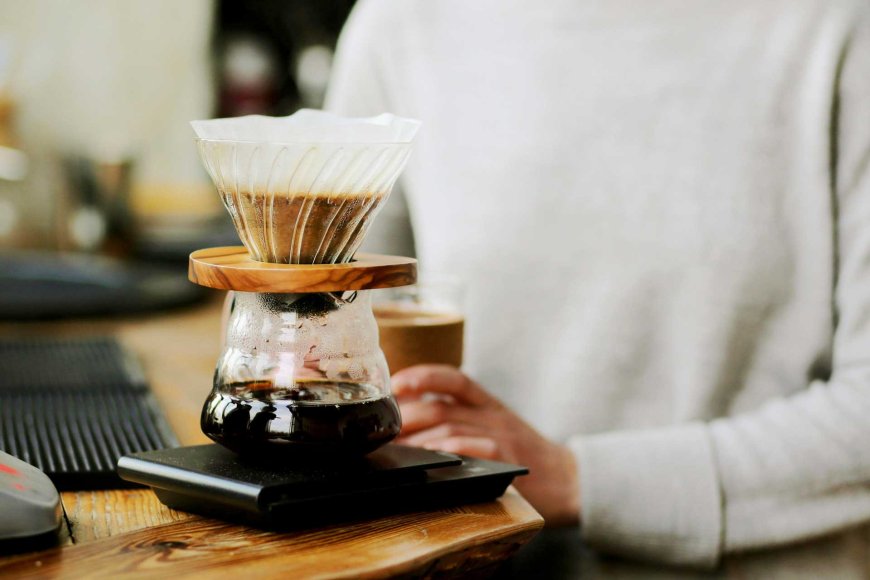
The Post-Pandemic Coffee Boom: Cafés Come Back to Life
As restrictions eased and life slowly returned to normal, the coffee culture in Metro Manila saw a significant resurgence. Cafés, which had once been eerily quiet, began to fill up again with people looking for their favorite brews and social spaces. However, the coffee scene wasn’t the same as before—it was better. The pandemic had sparked a deeper interest in artisanal coffee, and more Filipinos were now aware of the nuances of different beans and brewing methods.
Today, Metro Manila’s coffee scene is more vibrant than ever. New specialty coffee shops are popping up in various neighborhoods, offering everything from espresso-based drinks to unique cold brews and nitro coffees. Local roasters are gaining recognition, with many cafés proudly highlighting their use of Filipino-grown beans from regions like Benguet, Sagada, and Bukidnon. These cafés have become hubs not only for coffee lovers but also for people seeking creative spaces, quiet corners for work, or spots to catch up with friends.
The Philippine coffee culture continues to evolve, with third-wave and specialty coffee leading the charge. While international chains still hold a significant presence, more Filipinos are turning to local brands that showcase Filipino craftsmanship and beans. For a country known for its tropical heat, the love affair with coffee shows no signs of slowing down.
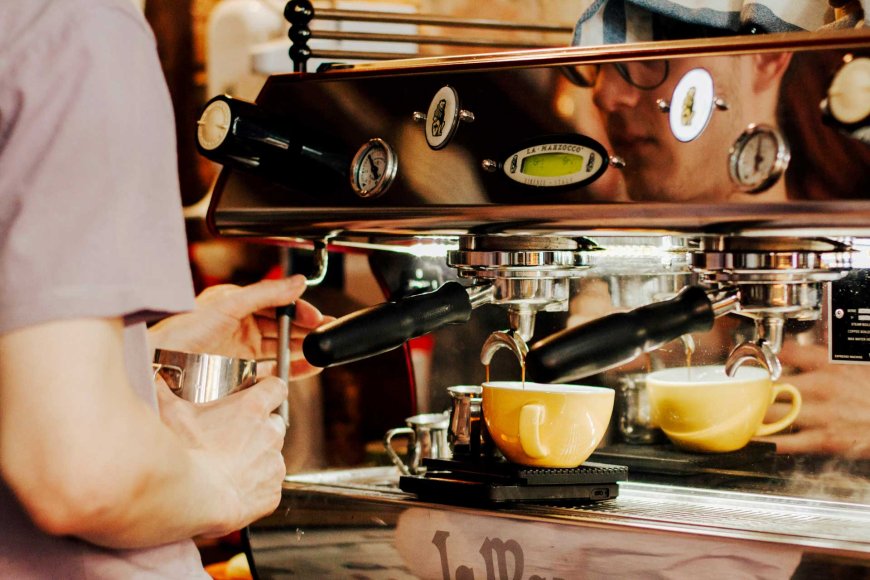
A Nation’s Unlikely Passion for Coffee
Despite its hot and humid climate, the Philippines has developed a rich and dynamic coffee culture. From traditional barako to third-wave specialty blends, coffee plays a central role in the lives of many Filipinos. Whether brewed at home or enjoyed at a bustling café, coffee represents more than just a drink—it is a connection to community, creativity, and culture. With the growing appreciation for artisanal methods and local beans, the Philippine coffee scene is poised to continue flourishing for years to come.
Find Cheap Flight Tickets to any Destinations in Japan and the Philippines
Nipino.com is committed to providing you with accurate and genuine content. Let us know your opinion by clicking HERE.





















































